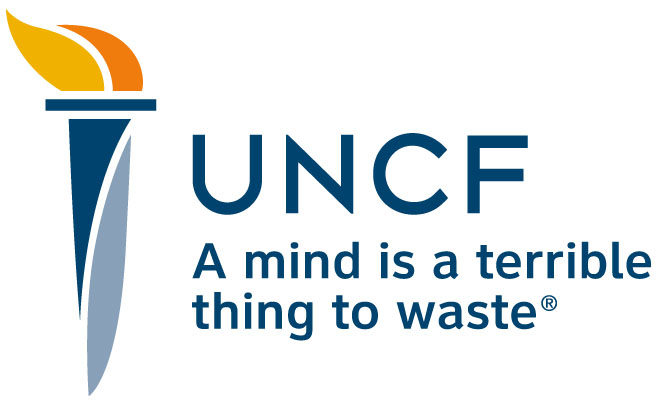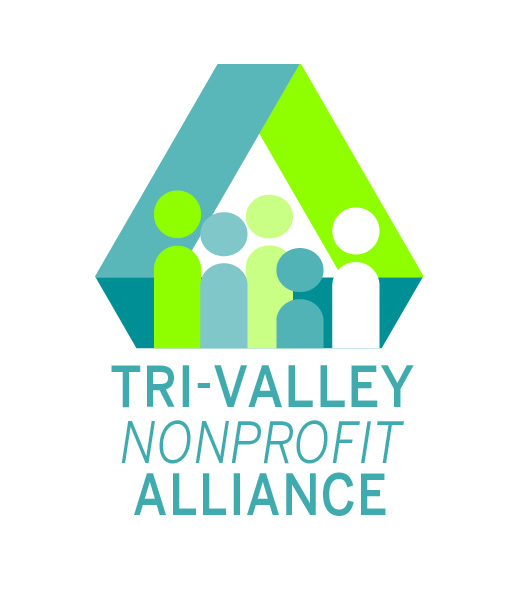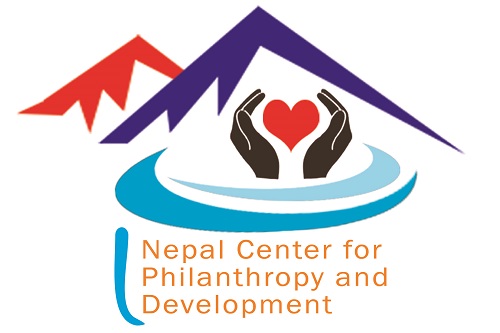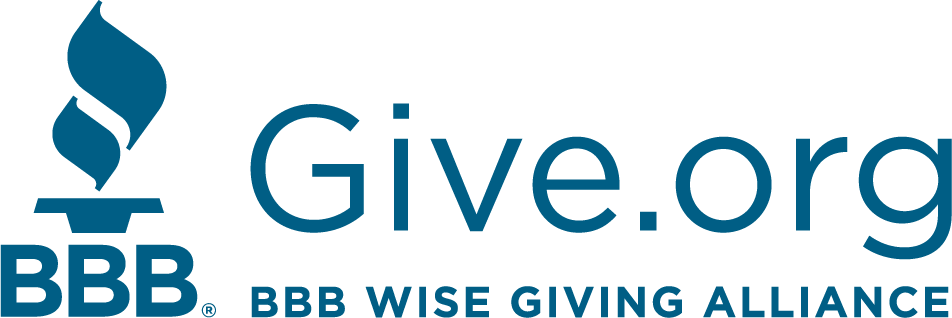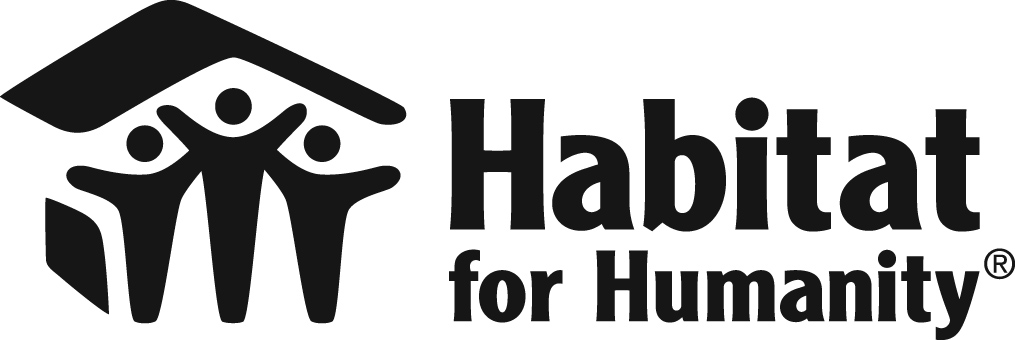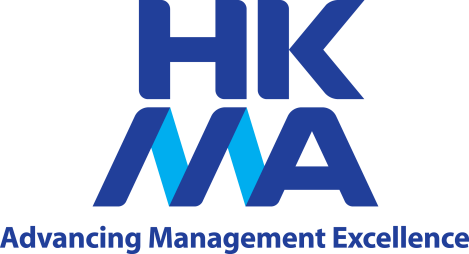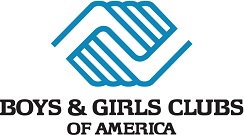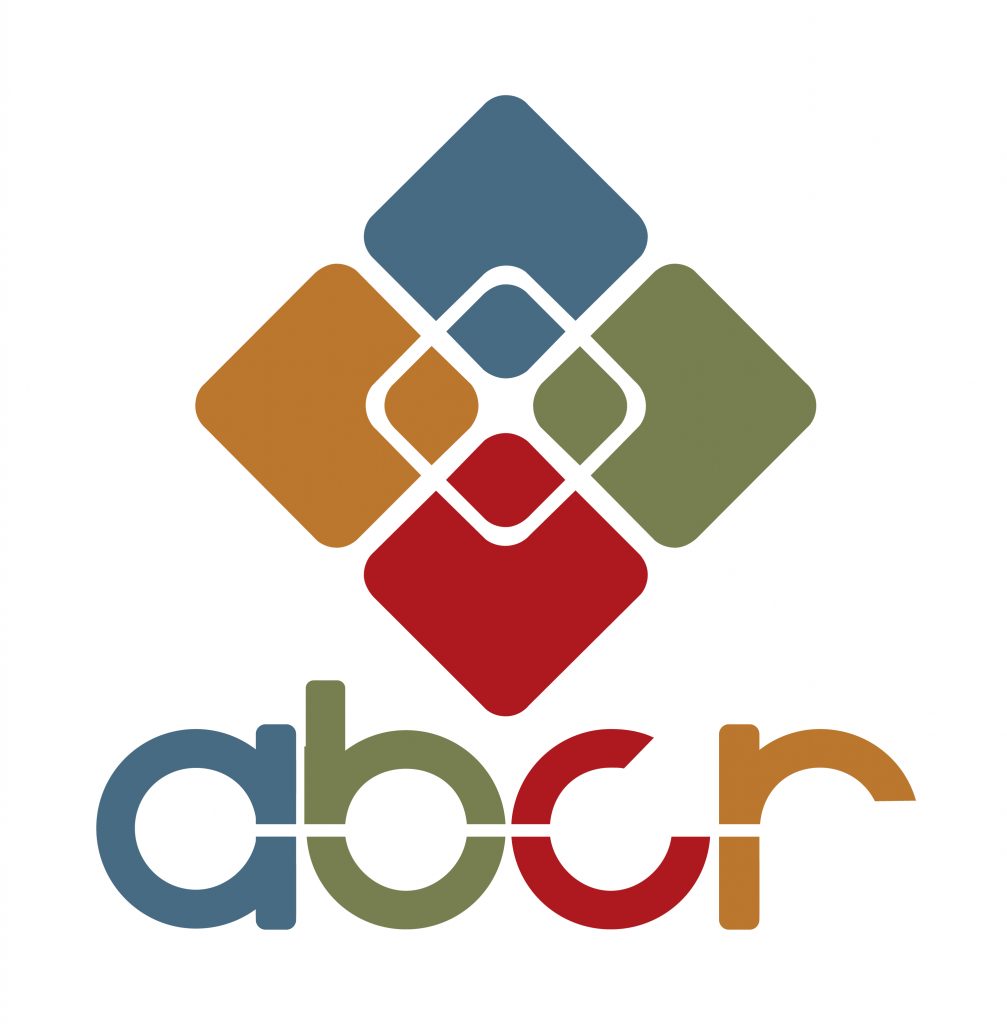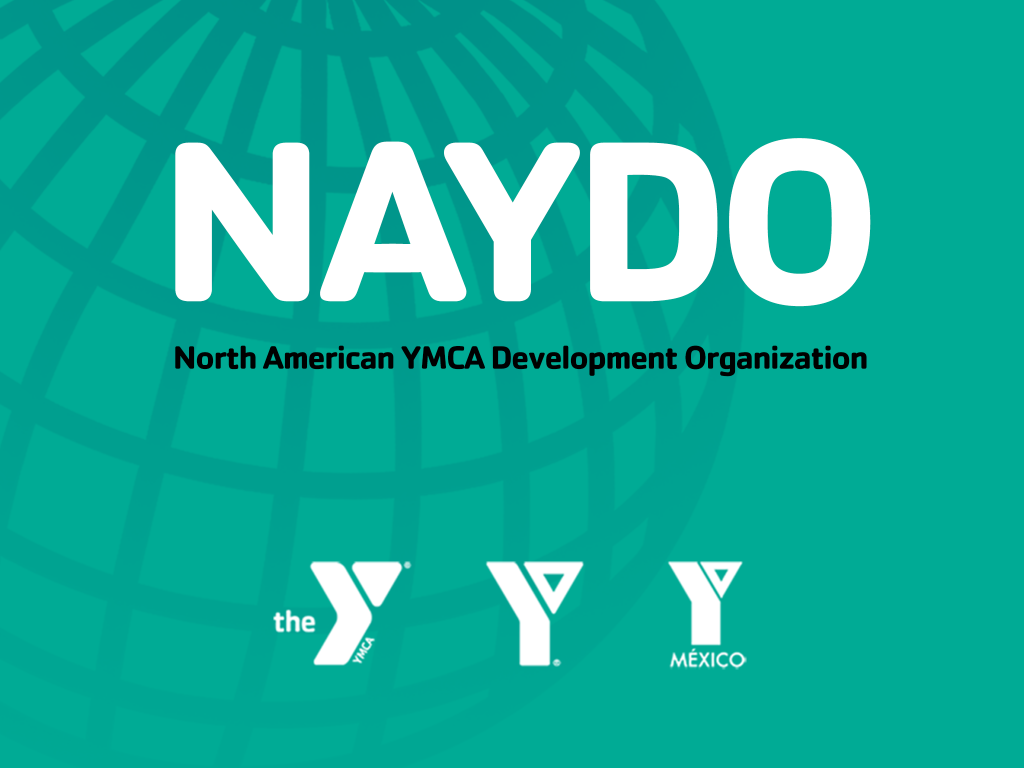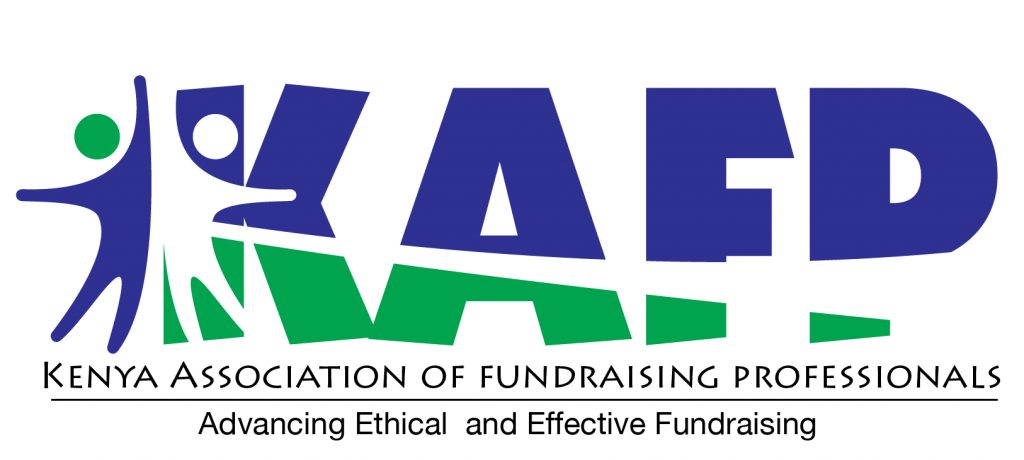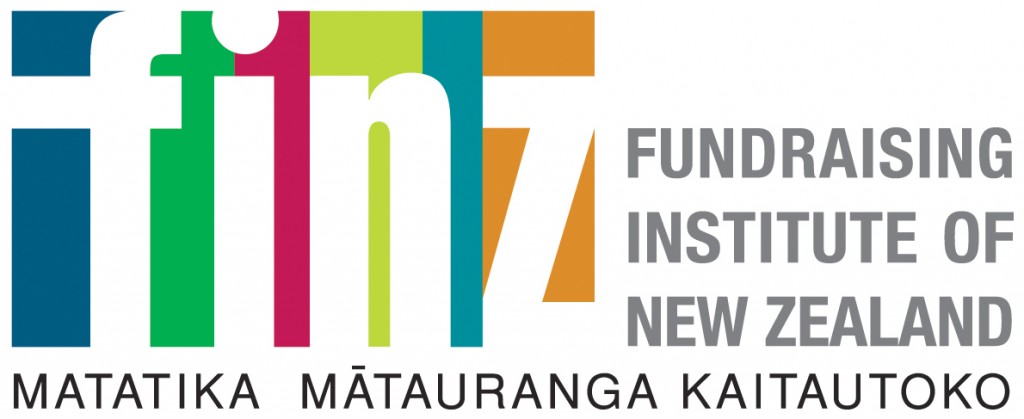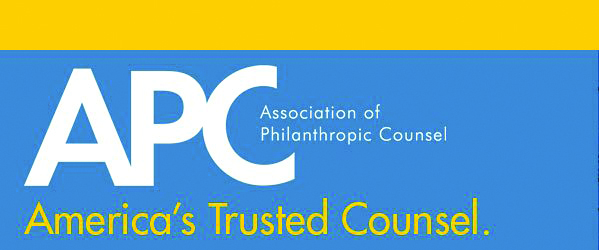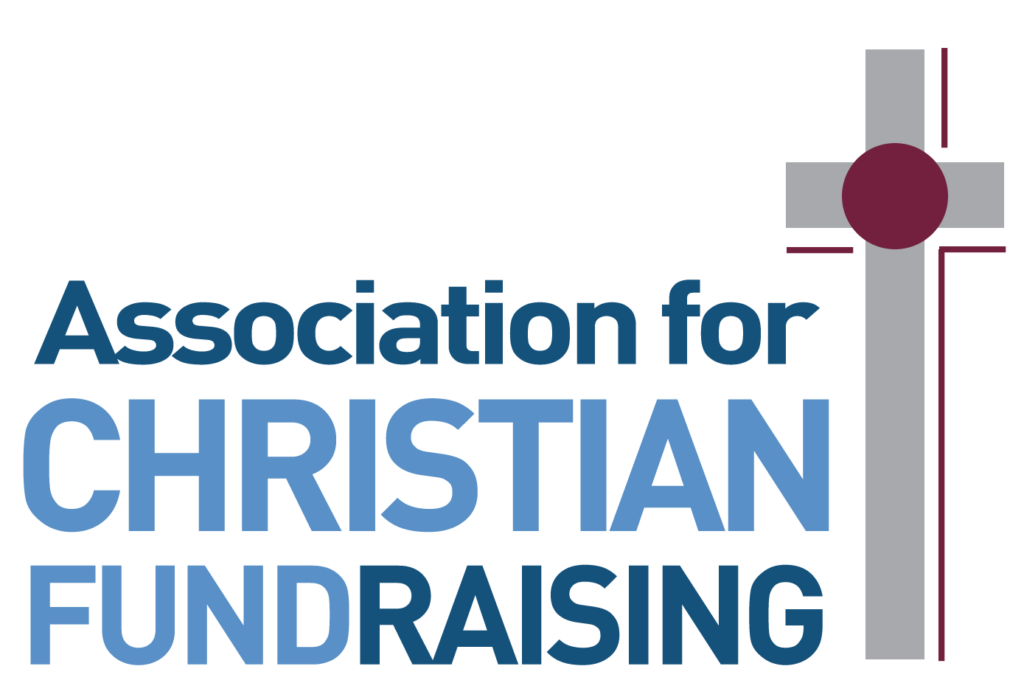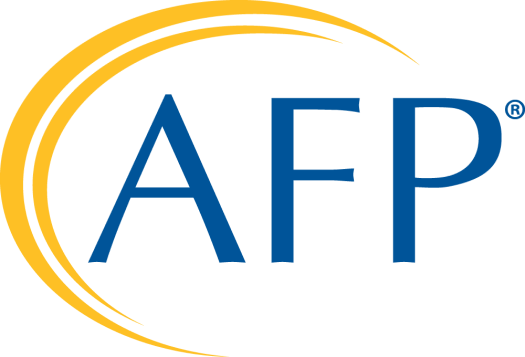Enhancing Fundraising Outcomes with Innovative Technology Solutions
Ross Imbler, MA, CFRE | Christchurch, New Zealand
 Ross Imbler, MA, CFRE, is an advancement services, development, and fundraising professional based in Christchurch, New Zealand. With more than 15 years in the field, he brings a unique skill set to his organization, specializing in transforming philanthropic operations through innovative technology solutions (like AI), data analytics, and strategic process improvement.
Ross Imbler, MA, CFRE, is an advancement services, development, and fundraising professional based in Christchurch, New Zealand. With more than 15 years in the field, he brings a unique skill set to his organization, specializing in transforming philanthropic operations through innovative technology solutions (like AI), data analytics, and strategic process improvement.
We spoke with Ross about how he bolsters fundraising efforts with data-driven strategies and cutting-edge technology to enhance donor engagement and fundraising outcomes . . .
Artificial Intelligence Meets Authentic Philanthropy
As a fundraiser, I lean on ChatGPT, Gemini, MS Copilot, Claude, and Cursor to strip grunt work from prospect research, profile creation, and code writing. AI helped us create a custom-written import tool that now scrubs student data before it hits the CRM, cutting the workflow from three weeks to three days while improving field accuracy. Large-language-model (LLM) assistants draft donor bios and flag wealth indicators, so a profile that once took an hour now lands in under ten minutes with deeper insight. Predictive modelling still matters, yet the bigger win has been process speed and consistency across the board.
AI is the democratisation of intelligence; the same firepower a top-tier university enjoys is now accessible to a two-person shop. As fundraisers, I think we can expect advancement services roles to morph into AI conductors, while MGOs stay human-forward but far more efficient. Real-time personalisation, dynamic ask amounts, and automating work are obvious gains, provided we keep humans in the loop. Think of AI as a brilliant intern: Productive, tireless, and occasionally wrong – you always need to proofread the output.
Improving Outcomes Through Technology & Strategic Design
At the Oregon Humane Society, I led a team responsible for gift processing, data management, reporting, analytics, and business intelligence that supported 20 fundraisers. Our database consisted of more than 435,000 constituents and $1.7 million in gifts.
I was able to implement gift entry automation, increasing efficiency by 50 percent. We cut the December backlog from several days to same-day processing – still a full-time load in peak season, but no longer a firefight. This gave fundraisers up-to-the-minute data for year-end projections.
I also managed the merger with a smaller database from the Salem Humane Society, which consisted of 50,000 constituents and $200,000 in gifts. I put duplicate-prevention rules in place so we didn’t bloat the file or fragment donor histories. The clean merge meant stewardship stayed personal instead of scatter-shot, and the two shelters integrated smoothly with a single, accurate view of our donors.
Additionally, I developed and managed an intricate donor-centric stewardship and appeal mailing program. Through a comprehensive direct mail donor retention program, I generated an increase in annual giving retention rate by 4.8 percent and new donor rate by 19 percent. In a separate capital campaign, I increased direct mail revenue by nearly 10 percent through an agile COVID-19 fundraising response.
We were one of the first nonprofits to adopt this type of automation technology. Subsequently, I was honored to receive a 2020 USPS Mailing & Digital Innovation Award for disrupting the traditional mailing landscape and creating innovative solutions.
A Journey of a Thousand Miles Begins with a Single Step
CFRE ethics and best-practice guidelines sit beside every workflow diagram I draw – they keep the shiny-tech impulse grounded in donor trust. Because I understand campaign mechanics end-to-end, efficiency gains never come at the cost of relationship quality.
Likewise, CFRE’s continuing education requirement encourages me to keep scanning for new ideas, like how to incorporate AI into my work, while the project logs I submit for recertification double as a running impact report for leadership. Having to document outcomes forces me to measure what works and ditch what doesn’t. That ongoing cycle of learn–apply–record builds a solid case for each new platform or data standard I propose.
If you want to learn about automation technology or AI to improve your work, just start. For AI, open a paid ChatGPT or Gemini account, throw it a task, and see what sticks. Ask the bot to teach you a concept three ways – short text, step-by-step, and in Kiwi slang (for fellow New Zealanders) – and watch how fast the penny drops. Run small pilots: Auto-draft five “thank you” letters, score them yourself, then iterate. The biggest traps are blind trust and scope creep; keep reviews tight and goals tiny.

